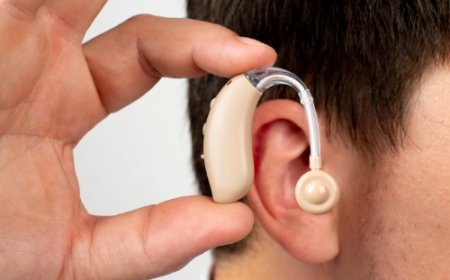Regain Your Independence: Best Bed Transfer Devices for Easier Mobility

Getting in and out of bed is something most of us take for granted—until it becomes a challenge. Whether due to aging, injury, surgery recovery, or chronic illness, limited mobility can turn a simple task into a daily struggle. Fortunately, bed transfer devices are specifically designed to support safer, more comfortable, and more independent movement.
At TheDressingChair.com, we believe in empowering individuals to live with dignity and ease. If you or a loved one is facing difficulties with bed mobility, this guide will walk you through the best solutions available.
What Is a Bed Transfer Device?
A bed transfer device is any tool or equipment that assists a person in getting in or out of bed safely. These devices range from simple handles that attach to the bed to powered lifts that provide full support. They are especially useful for:
-
Seniors experiencing decreased strength or balance
-
Individuals recovering from surgery
-
People with mobility-limiting conditions like arthritis, Parkinson’s, or MS
-
Caregivers looking to reduce physical strain
Types of Bed Transfer Devices
1. Bed Assist Rails (Grab Bars)
These are among the most common and affordable solutions. Bed assist rails provide a sturdy handle to hold onto when sitting up or standing. Most models slide under the mattress and feature a non-slip base.
Pros:
-
Simple and discreet
-
Easy to install and remove
-
Affordable
Ideal for: Mild mobility issues, fall prevention, light assistance.
2. Transfer Poles
Transfer poles are tension-mounted vertical poles that provide 360° support. Some include pivoting handles to assist with turning and standing.
Pros:
-
Excellent for tight spaces
-
Doesn’t require bed modification
-
Supports a natural range of movement
Ideal for: Moderate mobility challenges, room versatility.
3. Transfer Boards (Slide Boards)
Used primarily by wheelchair users, transfer boards bridge the gap between the bed and another surface. Users slide across the board to shift positions.
Pros:
-
Reduces strain on arms and shoulders
-
Supports lateral transfers
-
Lightweight and portable
Ideal for: Wheelchair users, post-surgical recovery, lower-body immobility.
4. Bed Lifts and Transfer Chairs
These are motorized or mechanical systems that help users get in and out of bed with little to no effort. Some models function as reclining lift chairs or even track systems.
Pros:
-
Maximum support
-
Reduces caregiver strain
-
Adjustable and comfortable
Ideal for: Severe mobility limitations, home care environments, long-term use.
Choosing the Right Device
Here are a few key factors to consider when selecting a bed mobility aid:
-
Level of mobility: Mild to severe mobility issues will require different levels of support.
-
Bedroom layout: Consider how much space is available around the bed.
-
Independence vs. caregiver assistance: Some devices are designed for solo use; others require a helper.
-
Portability: If you travel often, lightweight options are better suited.
Safety Tips for Bed Transfers
-
Always consult with a healthcare provider before choosing a mobility aid.
-
Make sure the device is properly installed and stable.
-
Keep the area around the bed clear of trip hazards.
-
Consider non-slip rugs and bedside lighting for added safety.
How Bed Transfer Devices Support Caregivers
While bed mobility aids primarily benefit the user, they also play a crucial role in supporting caregivers. Whether you're a family member providing daily assistance or a professional home health aide, the physical and emotional demands of helping someone in and out of bed can be significant. Bed transfer devices can ease that burden.
Proper equipment minimizes the risk of injury for both the caregiver and the individual. Without a stable tool like a transfer pole or lift system, caregivers may strain their back or shoulders during transfers. In contrast, when using the right device, the process becomes smoother, safer, and less physically taxing.
Increased independence for the person being cared for can also lead to improved relationships. When users can manage bed transfers on their own—or with minimal help—it fosters a sense of accomplishment and confidence. Caregivers can then focus on companionship and emotional support instead of every physical task.
Many caregivers also report reduced anxiety once safety devices are installed, especially for overnight care. Knowing their loved one has a secure way to get out of bed to use the restroom or reach a phone gives peace of mind.
Ultimately, bed transfer aids empower both users and caregivers, creating a safer and more dignified daily routine.
Final Thoughts
The ability to move in and out of bed comfortably is essential to maintaining daily independence and quality of life. Bed transfer devices are more than just tools—they’re a gateway to freedom, dignity, and peace of mind.
At TheDressingChair.com, we're committed to helping you or your loved one navigate mobility challenges with confidence. Explore our curated collection of assistive devices and find the perfect fit for your needs.
Because every movement matters.
What's Your Reaction?



















































